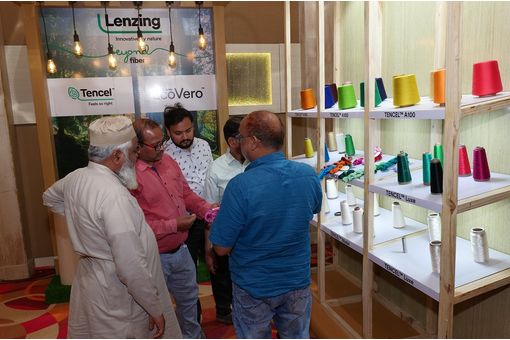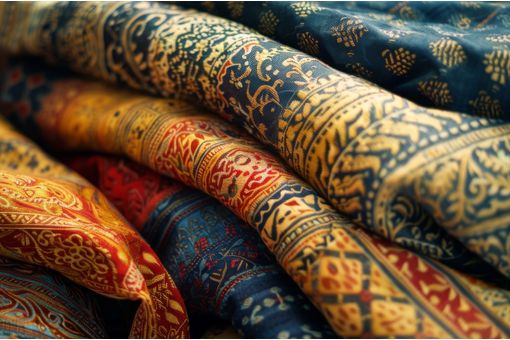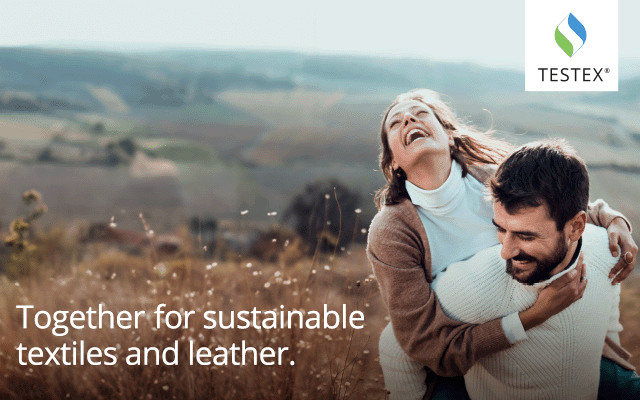India Budget: Textile sector renews demand for removing duty on cotton

Insights
- Indian textile industry, represented by SIMA, is urging the government to remove 11 per cent import duty on cotton and cotton waste in the upcoming budget.
- It seeks a classification for sustainable recycled textiles, amendments in the Foreign Trade Policy for smoother raw material supply and proposes a new Technology Mission on Cotton among other things.
The Indian textile industry has renewed its longstanding demand for the removal and exemption of 11 per cent import duty on cotton and cotton waste, ahead of the forthcoming Interim Union Budget for fiscal 2024-25 (FY25). The South India Mills Association (SIMA), a leading industry body, expects Nirmala Sitharaman to accept this demand.
In a pre-budget memorandum, SIMA stated that the 11 per cent duty should be removed on extra-long staple (ELS) cotton, and other varieties of cotton and cotton waste should be exempted from this duty during the off-season (April to November). The industry organisation has argued that India has transitioned from a cotton surplus to a cotton deficit country. Due to the trade adopting import parity pricing, Indian cotton textile and clothing exports have become uncompetitive, as cotton prices are 10-15 per cent higher.
SIMA noted that the industry has been increasing the production capacity of recycled textiles and clothing products, taking advantage of growing demand. With the emerging sustainability trend and the conclusion of the free trade agreement (FTA) with the United Kingdom, there is potential to increase recycled textile and clothing (T&C) exports by 50 per cent. Therefore, SIMA argues, the import duty on cotton should be removed. The 10 per cent import duty on waste cotton is significantly impacting handloom and power loom home textile clusters and exports and should also be removed in the upcoming budget.
SIMA has recommended a specific Harmonised System of Nomenclature (HSN) Code for recycled sustainable textile products to promote circularity in the industry. The association suggests introducing an exclusive chapter in the Customs Tariff for recycled fibre and its value-added products, with clear demarcation between pre-consumer (industrial) and post-consumer waste. A separate classification, incorporating additional last two digits, should be created for recycled fibres or products made from them, as well as for blended fibres or products (comprising both virgin and recycled materials). This classification would be under the respective existing HSN codes for fibre, fibre waste, yarn, yarn waste, fabric, garments, made-ups, and garneted stock. Such a system would enable foreign buyers to easily identify sustainable products, thereby avoiding the cumbersome and costly process of certification. It would also encourage international brands to purchase these products, positioning such consumption as an incentive factor for investments under various schemes.
The industry has also requested permission to import textile products listed under the QCO without a BIS certificate, as part of the Advance Authorisation Scheme (AAS). SIMA has further requested that regular imports be allowed under nominated business, and for fibres/filaments not produced by indigenous manufacturers. A major portion of textile exports are conducted through the AAS, as outlined in Chapter 4.03 of the Foreign Trade Policy. Since the final export product is manufactured according to the foreign buyer's specifications, including the nomination of the procurement source and quality of the raw materials to be used, the Indian exporting manufacturer has no choice but to procure the materials as per the terms of the contract, whether from domestic or international sources. To ensure a smooth supply of raw materials, especially for exporting manufacturers and Technical Textile manufacturers, suitable amendments should be made to the Foreign Trade Policy as mentioned above, and import duty should be rationalised for products that are exclusively import-dependent, with separate HSN codes for the aforementioned fibres.
The industry has also called for the announcement of another Technology Mission on Cotton. By 2030, the industry is expected to require approximately 550 lakh bales of cotton. A few years ago, the Cotton Advisory Board submitted a proposal to the ministry of textiles, requesting funding for this purpose. It is proposed that a sum of ₹1,000 crore be allocated to fulfil the objectives of Mini Missions I and II, and ₹500 crore to implement Mini Missions III and IV. A Mission Mode approach should be appropriately implemented for the welfare of the farming community.
Cotton productivity has fallen to below 500 kg per hectare, down from 580 kg per hectare, and annual cotton production has decreased to below 340 lakh bales from 398 lakh bales, putting 35 million jobs at risk. Without immediate policy intervention by the government, production may soon drop below 300 lakh bales. In contrast, the national average yields in Australia, Brazil, China, Turkiye, Mexico, and Israel exceed 1,500 kg of lint per hectare. Although India accounts for around 35 per cent of the global cotton-growing area (12 to 13.3 million hectares), it contributes only 23 per cent of cotton production. This is due to obsolete technology, poor technology transfer, and the inferior quality of cotton.
The allocation is necessary not only to address the fibre shortage faced by the consuming industry but also to prevent production capacity from lying idle. The cotton fibre needs of the industry range from speciality cotton and sustainable cotton to ELS cotton and organic cotton. Although the first phase of ‘Kasturi Cotton India’ has been initiated, adequate funding is required for at least 100 lakh bales with traceability.
SIMA has also demanded sufficient fund allocation for clearing pending claims under the Technology Upgradation Fund Scheme (TUFS). There is an immediate need to allocate the remaining ₹6,800 crore and disburse the TUFS subsidy at the earliest. Currently, there are more than 40,000 cases pending under various TUF schemes.
The fuel used for generating electricity should be included within the scope of GST, as power costs in textile manufacturing account for at least 15 per cent of the total cost. This inclusion would enable the industry to avail credit for the tax paid on fuel. It is also demanded that funds be adequately allocated to achieve international status for cotton. Incentivising domestic production of ELS cotton is necessary. Recent data indicates that India imports 5-6 lakh bales of ELS cotton to meet its requirements for higher quality yarn for fabrics and ready-made garments.
The industry has also called for funding for skill development in spinning, weaving, knitting, and processing segments, as well as for encouraging indigenous textile machinery manufacturing. The government should implement statutory and regulatory measures to curb cheap imports and under-invoicing of textile products that are manufactured within the country.
Fibre2Fashion News Desk (KUL)
































-Ltd..jpg?tr=w-120,h-60,c-at_max,cm-pad_resize,bg-ffffff)





.jpg?tr=w-120,h-60,c-at_max,cm-pad_resize,bg-ffffff)
.jpg?tr=w-120,h-60,c-at_max,cm-pad_resize,bg-ffffff)






